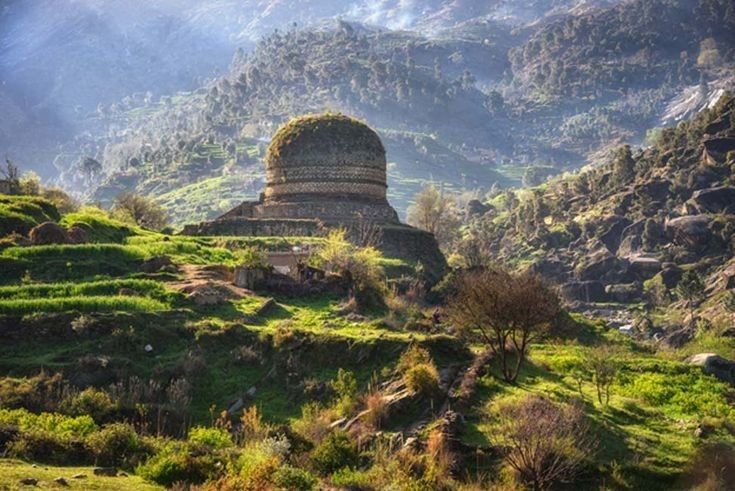Swat Valley, often referred to as the “Switzerland of the East,” is not only known for its breathtaking natural beauty but also for its rich historical and cultural heritage. Among its many treasures, Swat Valley holds an exceptional position in the history of Buddhism. The region was once a major center of Buddhist civilization, leaving behind remarkable monuments, stupas, and relics that continue to attract tourists and scholars alike.
The Legacy of Buddhism in Swat Valley
Swat’s history dates back over two millennia, during which it served as a hub of Buddhist learning and culture. From the 2nd century BCE to the 11th century CE, the region was a prominent center of Gandhara civilization. Many Buddhist monks traveled from afar to learn and teach in the monasteries of Swat. The valley was home to numerous stupas, monasteries, and other religious structures, which bear testimony to Swat’s glorious Buddhist past.
Important Buddhist Sites to Explore on Your Swat Trip
If you are planning a Swat trip and have an interest in history, Swat’s ancient Buddhist heritage should be on your itinerary. Here are some key sites that offer a glimpse into this rich cultural past:
1. Butkara Stupa
One of the most famous Buddhist relics in Swat Valley is the Butkara Stupa, located near Mingora. This stupa was originally constructed during the Mauryan Empire, and was later enlarged by the Kushans. It served as an important religious site, attracting Buddhist pilgrims from all over the region. Today, the remains of the stupa, along with relics such as sculptures and inscriptions, can be explored by tourists.
2. Jamal Garhi Monastery
On your Swat trip, a visit to the Jamal Garhi Monastery is highly recommended. This ancient Buddhist site contains the remains of a monastery complex and stupas. It was a center for Buddhist teachings, and many artifacts from the site are now housed in museums. The beauty and serenity of the surroundings make this an ideal spot for history lovers.
3. Amluk Dara Stupa
The Amluk Dara Stupa is another must-visit location for those interested in Swat’s Buddhist history. Situated on a hill, the stupa provides stunning views of the valley. It is believed to have been built during the Kushan period and is known for its unique architectural style. The stupa represents the importance of Buddhism in the valley and continues to attract visitors looking to explore Swat’s cultural heritage.
Swat’s Transition from Buddhism to Islam
While Swat Valley was once a thriving center of Buddhist culture, the region eventually saw the arrival of Islam. The remnants of Buddhist stupas and monasteries co-exist with Islamic mosques and shrines, making Swat a melting pot of historical and religious influences. This blend of cultures is part of what makes Swat such a fascinating destination for those interested in exploring both ancient and modern history.
Why Historical Tourism is Popular in Swat Valley
Swat’s rich history, particularly its Buddhist heritage, has made it a popular destination for Swat tours focused on historical and cultural exploration. Tourists from all over the world visit Swat to experience the ancient sites and learn about the valley’s role in the spread of Buddhism. The combination of natural beauty and historical significance makes Swat Valley an ideal location for a well-rounded travel experience.
For those interested in organizing a historical Swat trip, you can explore more details and find customizable packages at iMusafir.pk, offering tailored trips that cater to history enthusiasts.
Conclusion
Swat Valley’s ancient Buddhist heritage offers a unique window into a time when the valley was a center of learning and culture. From the Butkara Stupa to the Jamal Garhi Monastery, these sites are a must-see for anyone with an interest in history, spirituality, or culture. Whether you are a seasoned traveler or planning your first Swat trip, exploring these historical treasures will enrich your experience of the valley. Foreigners would need Sponsor Letter / letter of invitation for applying for Pakistan visa.
Swat’s historical significance, combined with its stunning natural landscapes, ensures that any visit here will be both enlightening and unforgettable.



